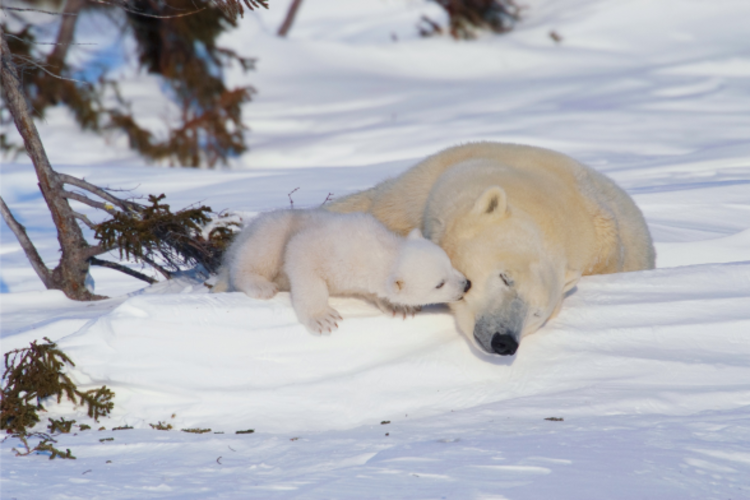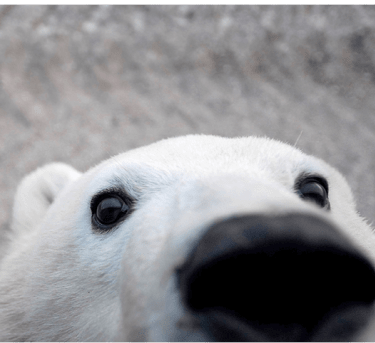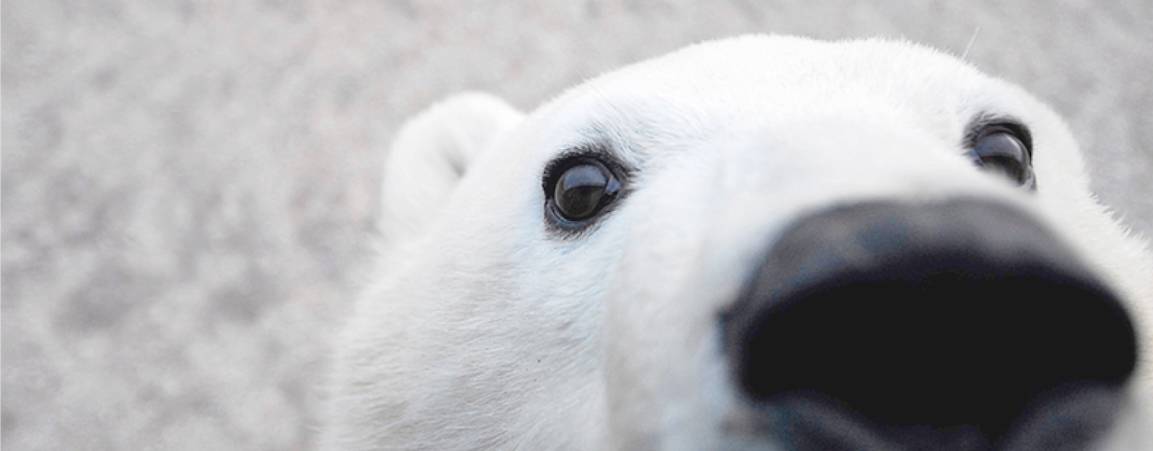Three years ago, Dr. John Whiteman was appointed Polar Bears International’s chief research scientist after Dr. Steven Amstrup retired. Since then, he has helped guide PBI’s research and conservation projects as part of PBI’s leadership team while also working as an associate professor of biological sciences at Old Dominion University. We recently talked with John about his role at PBI, what drew him to working with polar bears, and why he is so committed to polar bear conservation.
You have what many biologists would consider a dream job — studying polar bears and working for their conservation. How did you get started in this field?
I loved physics in high school. I was very interested in science and the way things work. But when I got to college, the abstract nature of physics didn’t grab me, so I swung in the other direction as far as you could go and tried majoring in English and political science. Then I took my first biology course. For the first time, I was invited to closely examine the living world that surrounds us, and I felt like a curtain had been pulled back. I was drawn to the fact that when you study biological systems, not only are they fascinating on their own, but they are also the systems that sustain us — and that directly leads to conservation. So that’s how I got into the work that I do today.
I started working in a botany lab as a student, and I became hooked on research. I eventually became especially interested in the way animals work, their physiology. What stood out for me is that wild animals thrive — they don’t just survive but thrive — without modern conveniences. Wild animals don’t have refrigerators, grocery stores, air conditioning, or any of the stuff that makes our lives so much easier. And that means their physiology is remarkably well-tuned to buffer them from wild swings in things like temperature or food availability. So that naturally led to an interest in incredibly challenging environments like the Arctic, where a large, warm-bodied animal like the polar bear has managed to succeed. And then an opportunity came along and that became my PhD work.























